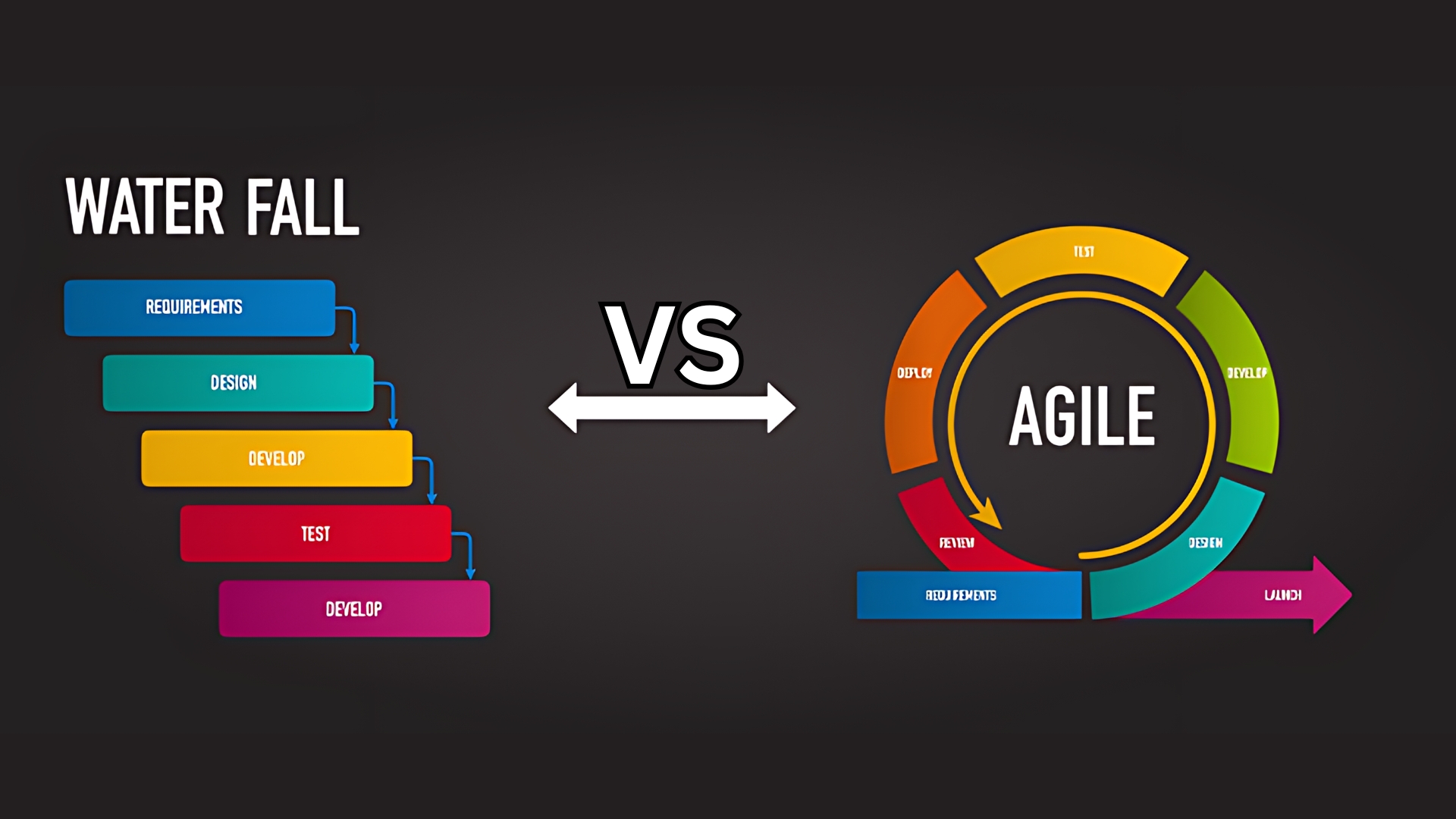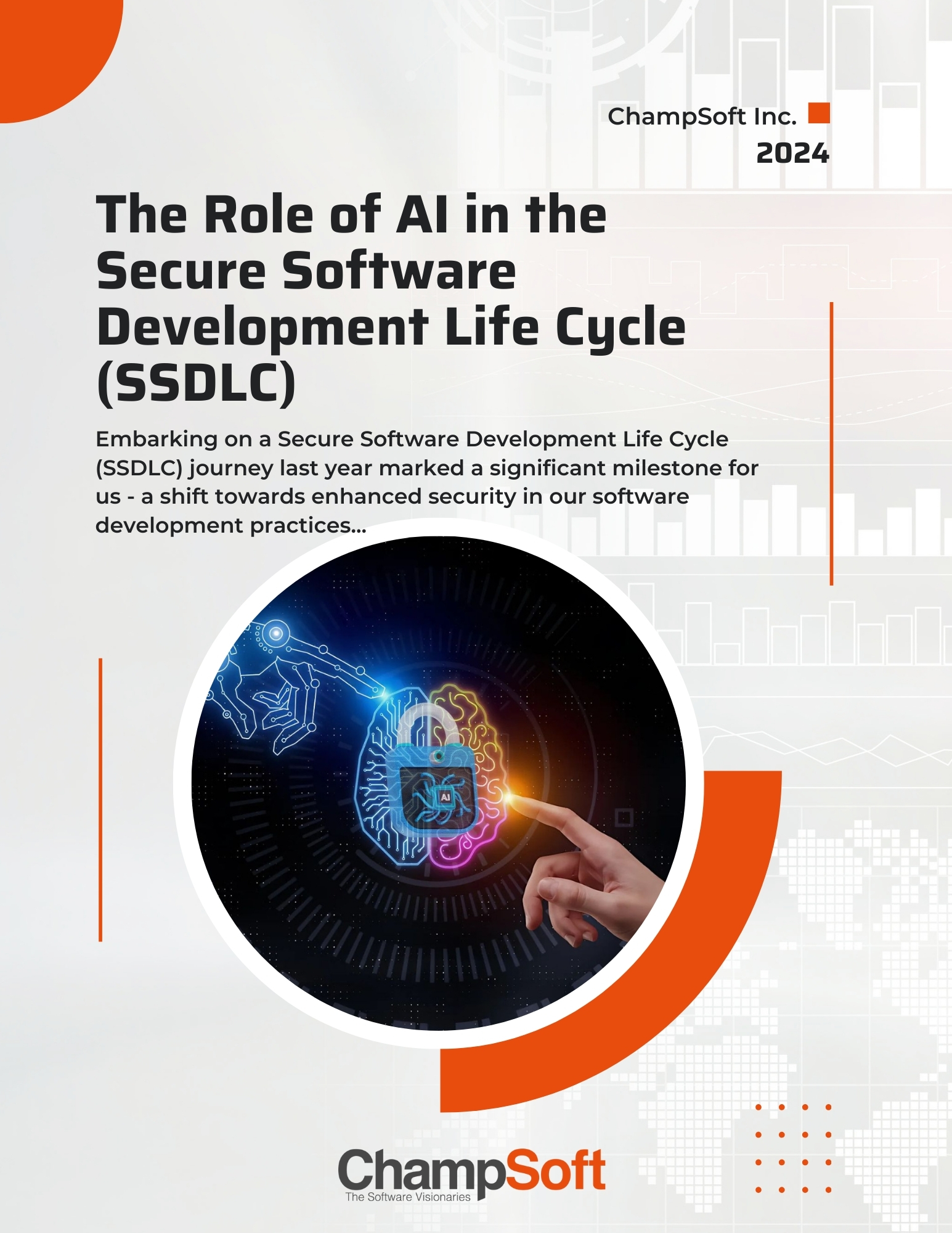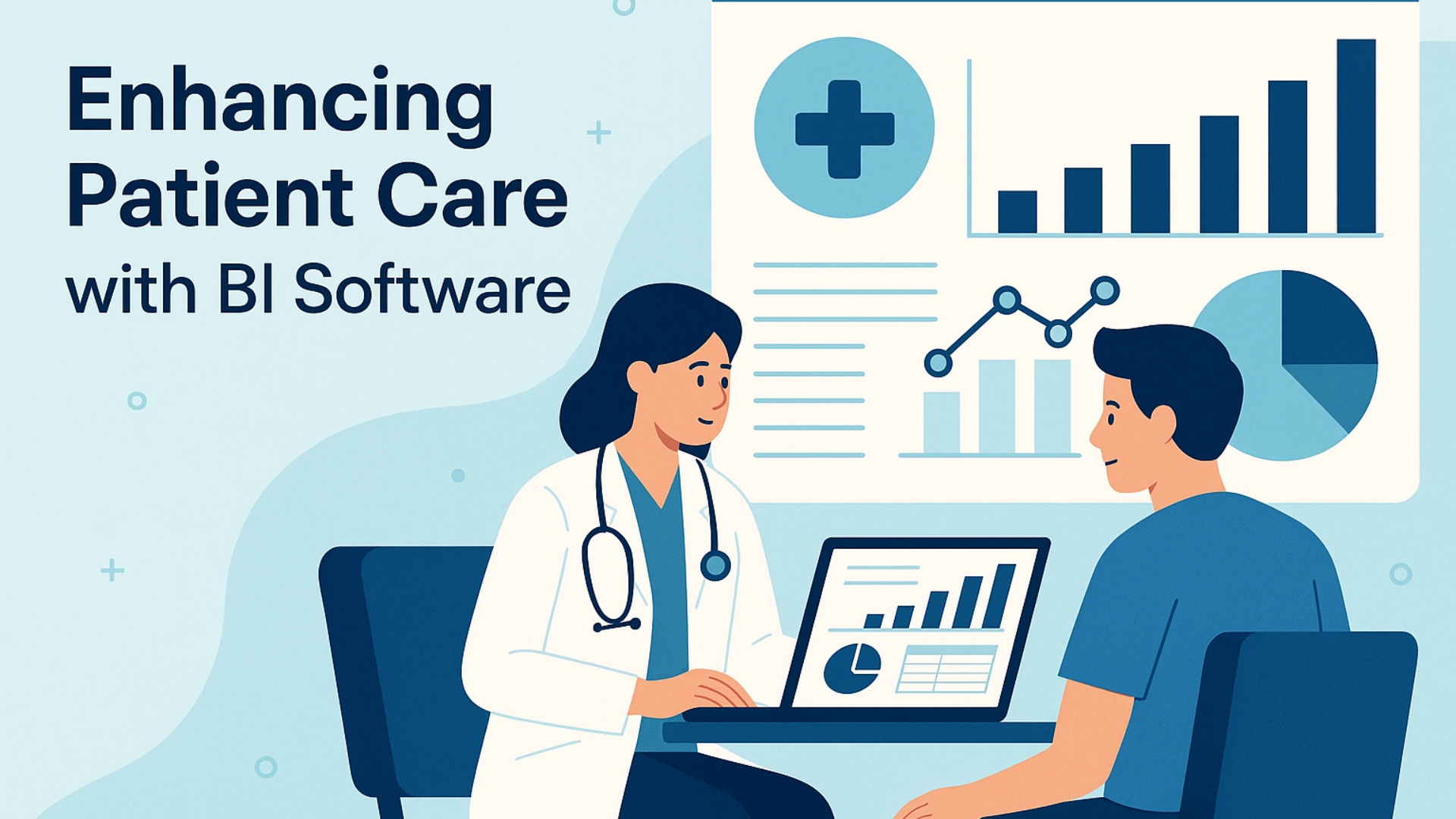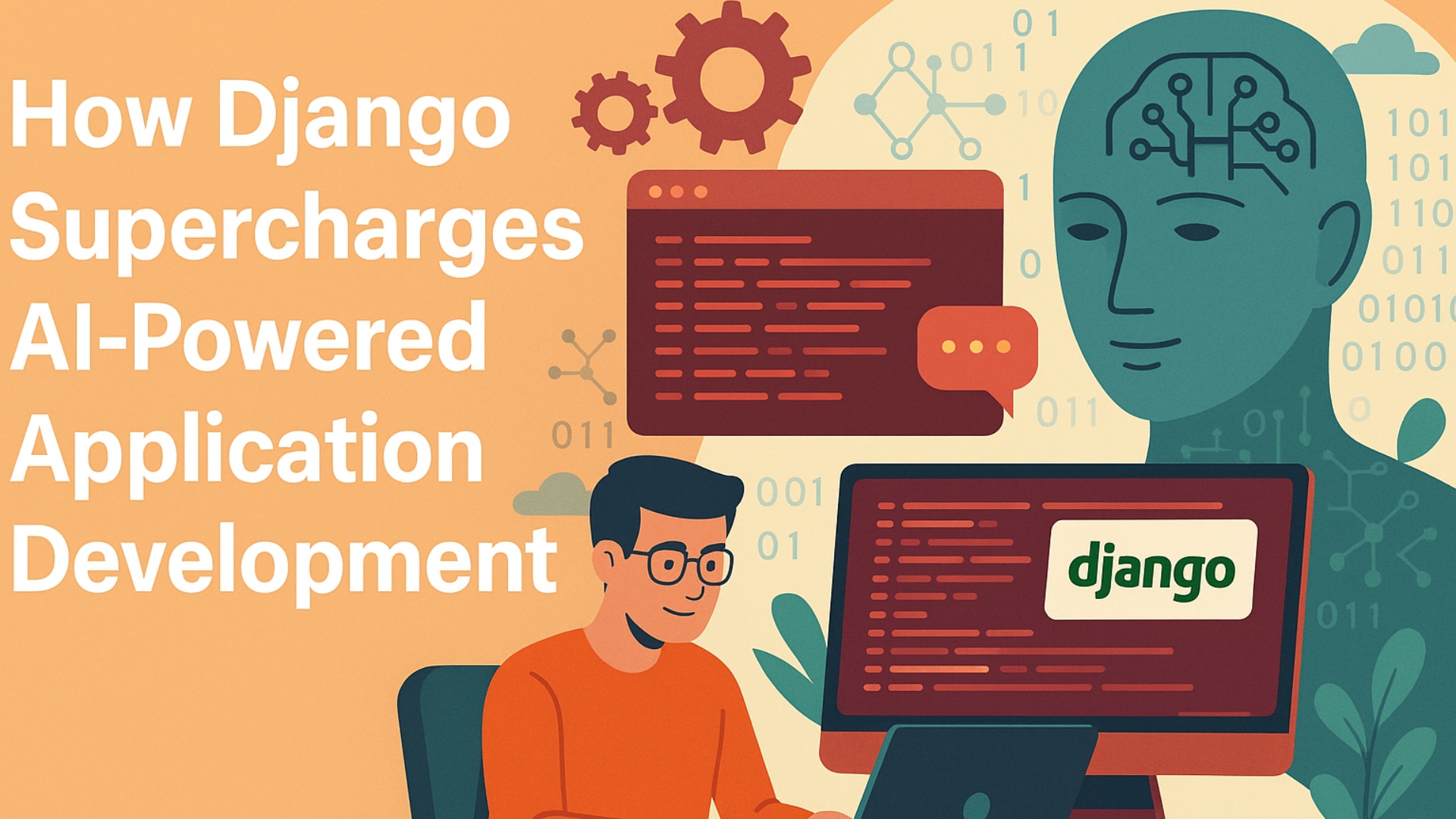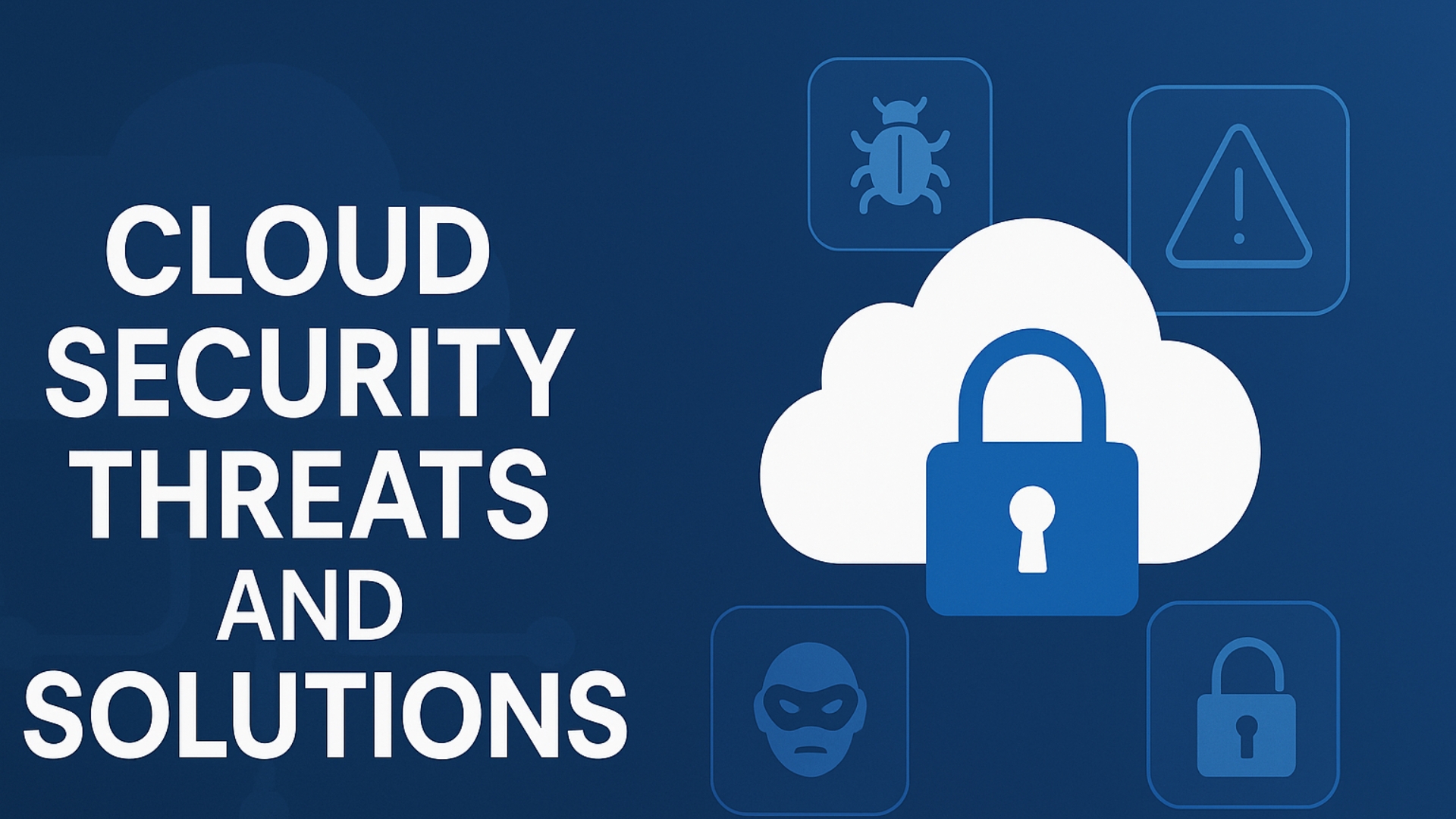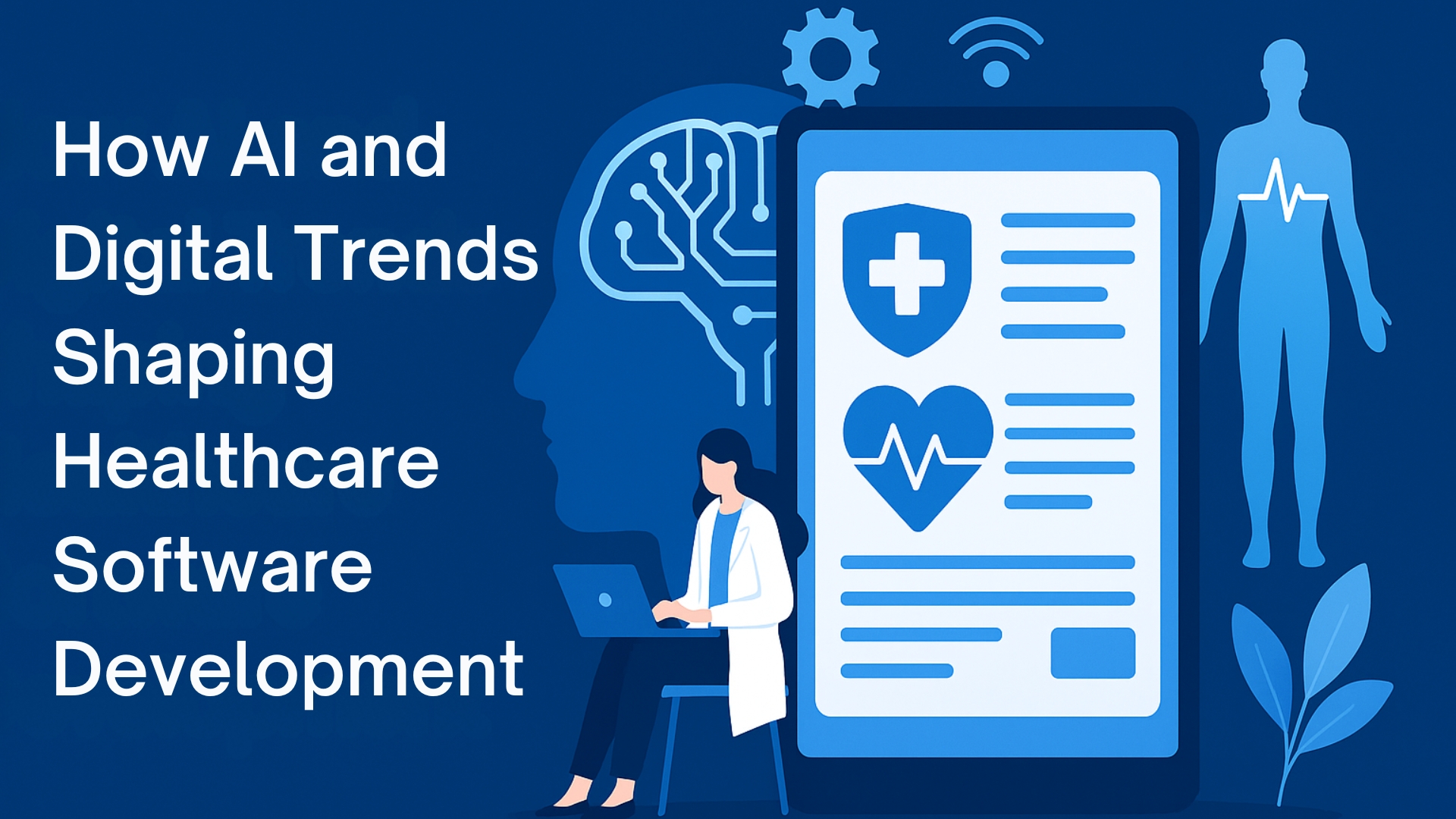The Software Development Life Cycle (SDLC) is a structured software development process used by software developers to design, develop, and test high-quality software. It’s a systematic approach that provides a framework for planning, building, and maintaining software systems. The goal of SDLC is to produce a high-quality software product that meets or exceeds customer expectations, reaches completion within time and cost estimates, and is sustainable in the long run.
A well-implemented SDLC process can reduce the risk of project failure by providing a clear roadmap for the development team to follow. It helps in resource planning, time management, and cost estimation, ensuring that the project aligns with the business objectives. By adhering to a structured process, teams can enhance communication, improve quality, and increase the likelihood of project success.
SDLC Phases
The SDLC process typically includes several stages, which are essential for a well-rounded development process:
- Planning: Define the scope and purpose of the project. This stage involves stakeholder meetings to gather initial requirements and assess feasibility.
- Requirements Gathering: Gather detailed functional and non-functional requirements. This involves working closely with end users and stakeholders to understand their needs and expectations.
- Design: Design the system architecture and software components. This phase includes creating detailed design documents that guide developers and ensure all technical requirements are met.
- Implementation (or Coding): Write the actual code based on the design. Developers translate design documents into a working system, adhering to coding standards and guidelines.
- Testing: Verify that the software meets the required specifications. This step involves various testing methodologies to identify and fix defects before deployment.
- Deployment: Release the software to users. This phase includes installation, configuration, and user training, ensuring the product is ready for use.
- Maintenance: Perform ongoing support and improvements. Post-launch activities include bug fixes, updates, and enhancements based on user feedback.
These stages are common across different SDLC models, but how they are approached varies significantly between Agile SDLC life cycle and Waterfall. Each model offers unique methodologies for handling these phases.
The Waterfall Model
The Waterfall model is one of the oldest and most straightforward SDLC methodologies. As the name suggests, the process flows in one direction like a waterfall, cascading through each phase. It was one of the first models to be widely used and remains a go-to choice for certain types of projects due to its clarity and simplicity.
Characteristics of the Waterfall Model
- Sequential Process: Each phase must be completed before the next one begins. There is little room for revisiting a previous phase, which ensures a disciplined approach.
- Documentation-Heavy: Requires thorough documentation at each phase. This helps maintain clarity and provides a comprehensive guide for future reference.
- Predictable: With well-defined stages, the Waterfall model is easy to understand and manage. The predictability makes it suitable for projects with fixed timelines and budgets.
Advantages of the Waterfall Model
- Simplicity and Ease of Use: Its straightforward nature makes it easy to follow. Teams can quickly understand the process and execute tasks without confusion.
- Clear Structure: With detailed documentation, it’s easier to manage and navigate each phase. This is particularly beneficial for new team members or stakeholders joining the project mid-way.
- Well-Suited for Smaller Projects: Ideal for projects with clear, fixed requirements. Its linear approach works well when the project scope is well-defined and unlikely to change.
Disadvantages of the Waterfall Model
- Inflexibility: Difficult to accommodate changes once the project has begun. If requirements change, it can be costly and time-consuming to go back to earlier phases.
- Risk of Late Testing: Testing happens only after the development phase, which can lead to late discovery of significant issues. This can result in delays and increased costs if major revisions are needed.
The Agile Model
The Agile model is a more recent approach to software development, emphasizing flexibility and customer collaboration. Unlike Waterfall, Agile is iterative and incremental, allowing for more dynamic project management. Its popularity has surged as software development environments become more complex and fast-paced.
Characteristics of the Agile Model
- Iterative Process: Work is divided into small, manageable units called iterations or sprints. This allows teams to focus on delivering small parts of the project quickly and efficiently.
- Collaboration-Focused: Encourages constant communication between developers and stakeholders. Regular interactions ensure that the project aligns with user needs and expectations.
- Adaptive Planning: Can easily adapt to changes in project scope or requirements. Agile’s flexibility makes it suitable for projects with evolving goals and priorities.
Advantages of the Agile Model
- Flexibility and Adaptability: Can quickly incorporate changes and new requirements. Teams can respond to feedback and pivot directions as necessary, reducing risk of project failure.
- Continuous Improvement: Regular feedback and iterations allow for ongoing improvements. This iterative nature ensures that the final product is polished and aligned with user expectations.
- Customer Satisfaction: Continuous stakeholder involvement ensures the product meets their needs. By involving customers throughout the process, Agile builds trust and ensures a more user-centered product.
Disadvantages of the Agile Model
- Less Predictable: With its fluid approach, timelines and costs can be harder to predict. This uncertainty can be challenging for stakeholders expecting detailed project plans and budgets.
- Requires Close Collaboration: Demands constant communication and engagement from all stakeholders. This can be resource-intensive and may not be feasible for all teams or organizations.
Comparing Agile and Waterfall
When deciding between Agile SDLC life cycle and SDLC and Waterfall, consider the following aspects to determine which model aligns best with your project goals and constraints:
Project Requirements
- Fixed Requirements: Waterfall is ideal for projects with well-defined, unchanging requirements. Its structured approach works well when the project scope is clear from the outset.
- Evolving Requirements: Agile is better suited for projects where requirements are expected to change or evolve. Agile’s flexibility allows teams to adapt and adjust to new information or changes in project direction.
Project Size and Complexity
- Small, Simple Projects: Waterfall can be a better fit due to its straightforward approach. Its simplicity makes it easier to manage small teams and projects with limited scope.
- Large, Complex Projects: Agile’s iterative nature handles complexity and scope changes more effectively. For projects with multiple stakeholders and dynamic requirements, Agile’s adaptability is advantageous.
Team and Stakeholder Involvement
- Limited Stakeholder Involvement: Waterfall doesn’t require constant communication with stakeholders. This can be beneficial when stakeholders are unavailable or when communication lines are limited.
- Active Stakeholder Engagement: Agile thrives on continuous collaboration and feedback. Teams that can engage stakeholders regularly will benefit from Agile’s collaborative nature.
Risk Management
- Risk-Averse Projects: Waterfall’s structured approach can help mitigate risks by ensuring each phase is thoroughly completed before moving to the next. This is ideal for projects where risk minimization is critical.
- Risk-Tolerant Projects: Agile allows for experimentation and adaptation, tolerating more risk in exchange for flexibility. Projects that can afford to take risks and adapt quickly will benefit from Agile’s dynamic approach.
Making Your Decision
Choosing between Agile and Waterfall requires a clear understanding of your project’s needs, constraints, and goals. Here are some final considerations to help guide your decision:
- Assess the Nature of Your Project: Determine if your project is more aligned with fixed or flexible requirements. Consider how likely it is for project needs to change over time.
- Evaluate Your Team’s Strengths: Consider the experience and preferences of your team members. A team well-versed in Agile methodologies may find it challenging to adapt to a Waterfall approach, and vice versa.
- Consider Stakeholder Availability: Decide how much time and involvement you can realistically expect from stakeholders. If stakeholders are not available for regular check-ins, a Waterfall approach might be more suitable.
- Analyze Your Risk Tolerance: Understand how much uncertainty and change your project can accommodate. Projects that can handle a higher degree of uncertainty may thrive under Agile.
Conclusion
Both Agile and Waterfall have their place in software lifecycle management. The key is to align your chosen SDLC model with your project requirements, team dynamics, and stakeholder expectations. By doing so, you can maximize efficiency, ensure product quality, and ultimately deliver a successful software product. Whether you choose the structured path of SDLC and Waterfall or the flexible journey of Agile SDLC life cycle, the right choice will help guide your project to success.

